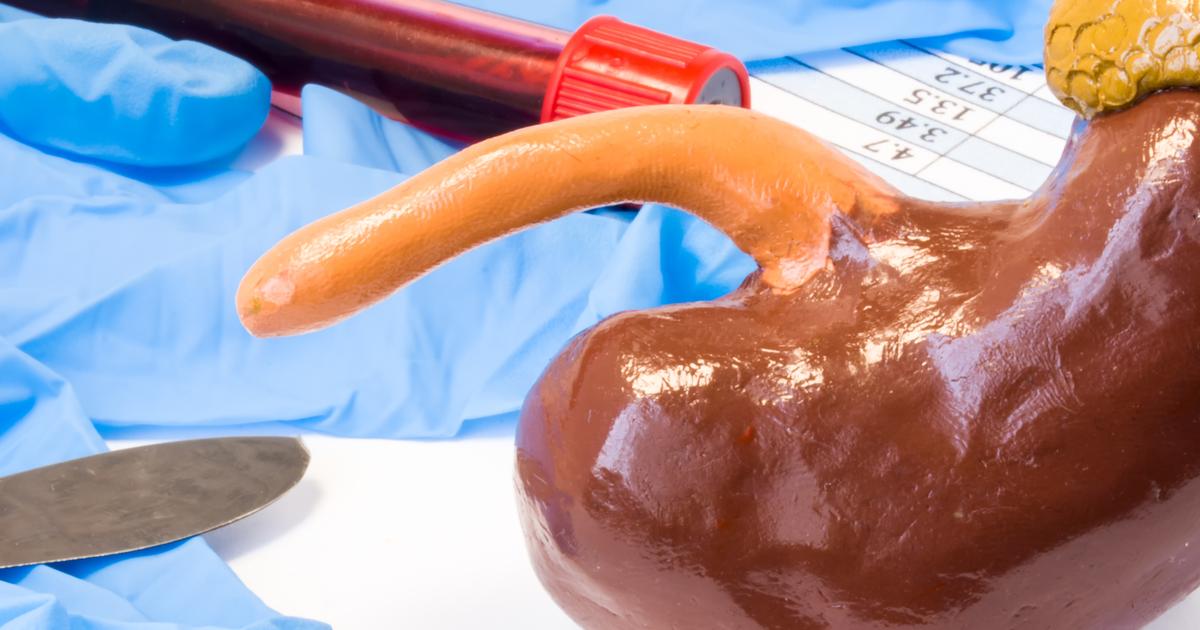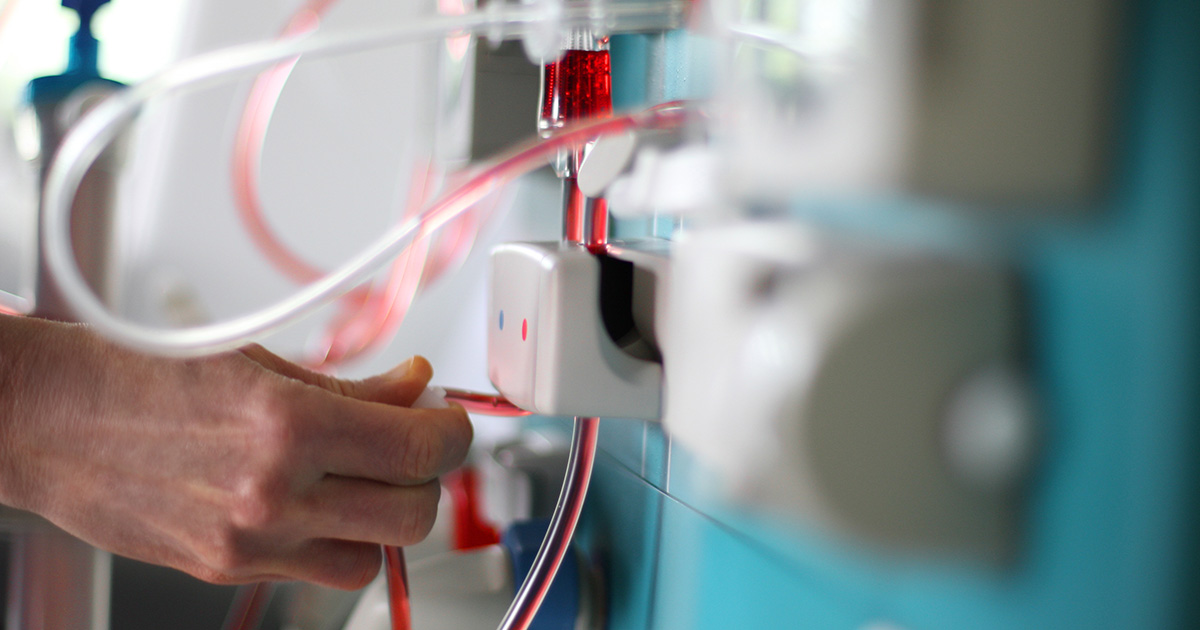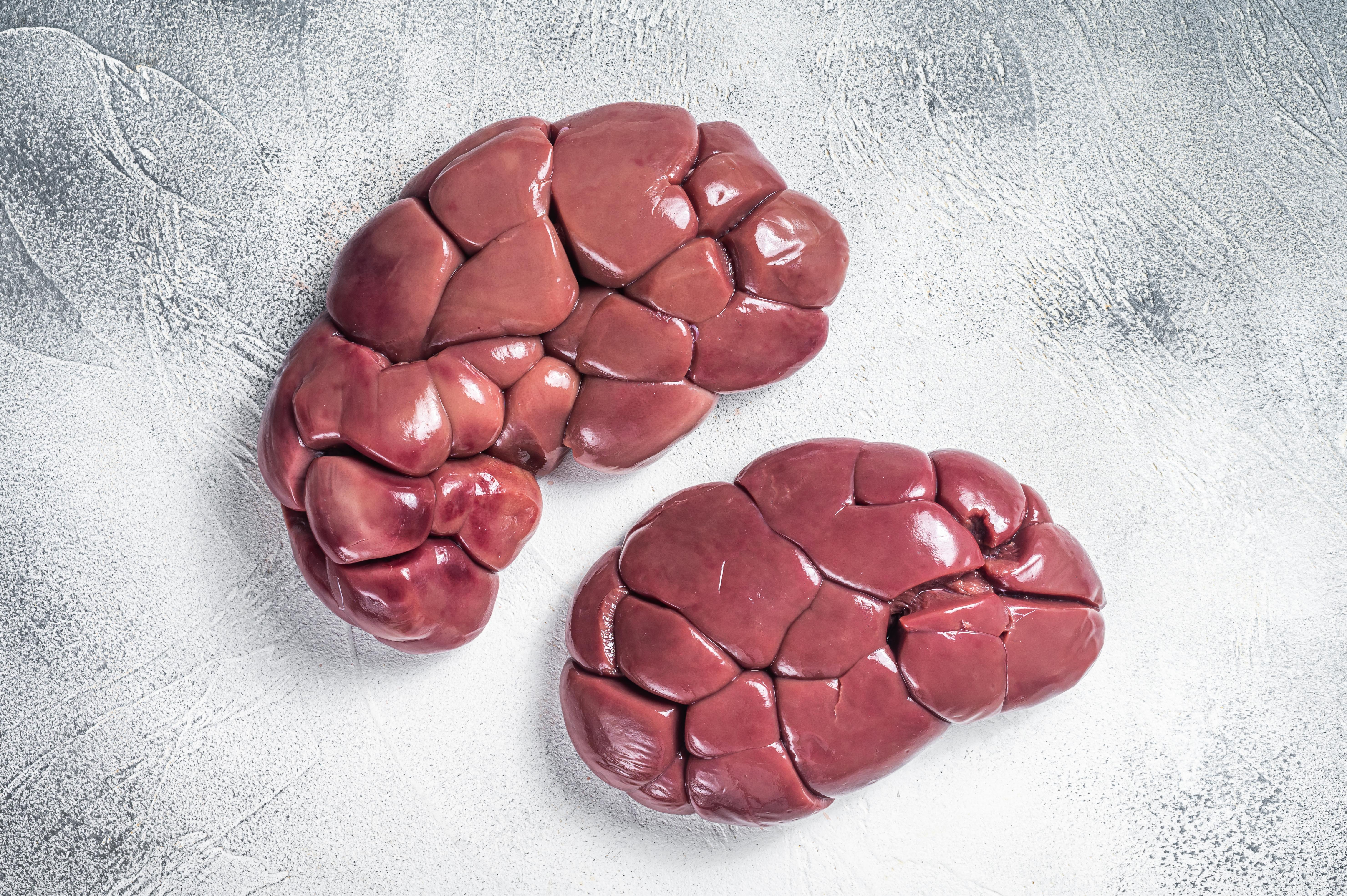Peritoneal Dialysis Explained: 10 Things Need to Know About This Kidney Treatment
Imagine your body's natural filtration system, your kidneys, struggling to keep up, or even failing entirely. It's a daunting reality for millions worldwide, leading to a critical need for blood purification. While kidney transplantation offers a long-term solution, for many, dialysis becomes a vital bridge – a remarkable process that takes over this essential function. You might be familiar with hemodialysis, where a machine outside the body cleans the blood. But what if the solution lay within you? Enter Peritoneal Dialysis, a less commonly understood yet incredibly powerful kidney treatment that harnesses your body's own abdominal lining as a natural filter. It's an ingenious, often more flexible approach to managing kidney failure. This article will unveil 10 things you need to know about Peritoneal Dialysis, demystifying this internal filtration method and shedding light on how it offers a unique path to maintaining health and quality of life.
1. How The Procedure Works

How the procedure works depends on which type of peritoneal dialysis a patient uses. Continuous ambulatory peritoneal dialysis is done manually by the individual, while automated peritoneal dialysis is done with the help of a machine called a cycler. With both methods, a special solution made of salt and other substances is transferred from a bag through a catheter into the abdomen. Once all of the fluid is in the abdomen and the bag is empty, it is disconnected so the patient can go about their normal daily activities. The fluid stays inside of the patient's abdomen for several hours to allow for the osmosis of extra fluids and waste substances from the body and bloodstream into the fluid. After several hours, the patient empties the solution augmented with wastes from the abdomen and discards it. They then empty a new bag of fresh solution into the abdomen, and then this exchange is repeated between four and six times each day. With automated peritoneal dialysis, a machine automatically performs the solution exchange process between four and six times while the patient is sleeping at night.
2. What It Helps Treat

Peritoneal dialysis helps treat damage to an individual's kidneys. The kidneys keep a careful balance of minerals and salts in an individual's blood for the body to successfully maintain a healthy state of homeostasis. The minerals and salts that depend on the kidneys for regulation include phosphorus, potassium, calcium, and sodium. An individual's kidneys are also responsible for the production of certain hormones that help keep blood pressure at a healthy level, production of red blood cells, and maintenance of the strength of an individual's bones. When the kidneys can no longer perform one or more of these important functions, the individual is considered to have kidney disease, or in severe cases, kidney failure. Kidney failure results in numerous life-threatening complications, including heart disease, anemia, high blood pressure, loss of bone, excessive itchiness, and malnutrition. Treatment of kidney disease and kidney failure with the use of peritoneal dialysis can help extend a patient's life and relieve many of their symptoms.
3. Benefits Over Hemodialysis

Peritoneal dialysis is different from traditional dialysis methods and has many benefits over hemodialysis. One of the main reasons why many patients choose to have peritoneal dialysis is because it is more convenient than hemodialysis. Peritoneal dialysis can be done at home or on the go, where hemodialysis requires a visit to a medical facility three times a week with a session duration of four hours. Some patients live too far to travel to undergo dialysis three times a week. In addition, hemodialysis requires an individual to watch how much fluids, potassium, sodium, and phosphorus they consume to prevent complications. Patients who choose to have peritoneal dialysis only have to watch their calorie and sodium consumption. Furthermore, multiple studies have proven patients who use peritoneal dialysis are more likely to retain their kidney function for longer than individuals who have hemodialysis. Some of these benefits are attributed to the fact peritoneal dialysis is performed on a more continuous and frequent basis similar to how healthy kidney would operate, where hemodialysis filters less frequently on a bulk basis.
4. Complications Of Peritoneal Dialysis

There are some possible complications of peritoneal dialysis that may occur in patients who choose this treatment method. Just like every other type of medical treatment, adverse effects can occur in a small number of peritoneal dialysis patients. An affected individual may develop peritonitis or an infection of the peritoneum. There is also the potential for an infection to occur where the catheter is implanted into the abdomen. The risk of infection is greater when the treatments are not performed as directed. Patients who have peritoneal dialysis may experience weight gain, as a type of sugar called dextrose in the dialysis solution causes an increase in the individual's caloric intake each day. The increase in caloric intake may also result in elevated blood sugar levels, especially for diabetes patients. An individual who has peritoneal dialysis may develop a hernia due to muscle strain from holding a large amount of fluid in the abdomen for extended periods. Some individuals who have peritoneal dialysis can experience a decrease in its effectiveness after several years, requiring a transition to hemodialysis.
5. Who It's Not Appropriate For

Peritoneal dialysis is not appropriate for every patient who needs treatment with dialysis. An individual who has widespread scarring in the abdominal area may not be able to have a catheter implanted. Because peritoneal dialysis depends on the semi-permeable peritoneal barrier, someone who has a hernia may not have a strong enough barrier to keep the solution from coming in contact with internal abdominal organs. Peritoneal dialysis requires a degree of responsibility and capability of the patient or a dedicated caregiver to ensure treatments are performed correctly and consistently. Many hours of training is required for both the patient and their caregiver to learn how to perform the treatments properly. Affected individuals who also have frequent diverticulitis or an inflammatory bowel disease may not be eligible to use peritoneal dialysis. Those who do not desire to perform the work associated with this type of treatment and would rather have it done by medical staff in a facility may choose to have hemodialysis instead.
6. Dietary Freedoms and Sodium Savvy

One of the less obvious but significant advantages of peritoneal dialysis is the increased dietary flexibility compared to hemodialysis. Because PD is performed more frequently, waste products and fluids are cleared more continuously, mimicking natural kidney function more closely. This often means less stringent restrictions on fluids, potassium, and phosphorus, allowing patients a broader range of food choices. However, patients still need to be "sodium savvy," as the dialysis solution contains dextrose (a sugar) that can contribute to fluid retention if too much sodium is consumed. A focus on balanced, low-sodium meals remains crucial for optimal fluid management.
7. Travel Flexibility and "Dialysis on the Go"

For many, the idea of dialysis conjures images of being tethered to a clinic. Peritoneal dialysis ingeniously offers a remarkable level of travel flexibility. Since the equipment is portable (bags of solution and a cycler, if used), patients can perform their treatments almost anywhere – at home, at work, or even during vacations. This "dialysis on the go" eliminates the need to coordinate clinic appointments in different cities or countries, a significant logistical hurdle for hemodialysis patients. Proper planning for solution delivery to the destination is key, but the freedom to maintain a more active and mobile lifestyle is a profound benefit.
8. Preserving Residual Kidney Function

An often-touted, but sometimes overlooked, benefit of peritoneal dialysis is its potential to better preserve residual kidney function (RKF) compared to hemodialysis. RKF refers to any remaining function your kidneys still have, even if minimal. Studies suggest that the more continuous and gentle nature of PD puts less stress on the remaining kidney tissue, potentially extending how long a patient retains some natural kidney function. Preserving even a small amount of RKF can significantly improve a patient's quality of life by reducing the burden of dialysis, aiding in fluid balance, and potentially leading to better health outcomes overall.
9. The Role of Home Training and Support Networks

While convenience is a major benefit, the success of peritoneal dialysis heavily relies on robust patient and caregiver training. It's a significant commitment, requiring extensive education on sterile techniques, catheter care, and machine operation. However, the ingenuity lies in the strong support networks built around this home-based therapy. Patients often receive dedicated nurse support, 24/7 helplines, and access to online communities. This comprehensive training and readily available support empower patients to become active participants in their own care, fostering independence and confidence in managing their condition.
10. "Burnout" and Long-Term Effectiveness

Despite its many advantages, it's crucial to acknowledge the phenomenon of "peritoneal dialysis burnout" and the potential for long-term effectiveness decline. Over several years, the peritoneal membrane can lose some of its filtering capacity due to continuous exposure to the dialysis solution. This may necessitate a transition to hemodialysis. Burnout, often a mix of physical fatigue and psychological strain from daily treatments, is also a concern. Recognizing these long-term aspects early allows for proactive strategies, such as alternating therapies or planning for a transplant, to ensure continuous optimal care.
Peritoneal Dialysis: A Personalized Path to Kidney Health

Peritoneal dialysis stands as an ingenious and empowering choice in kidney treatment, offering a distinctive path to managing kidney failure and reclaiming a semblance of normalcy. As we've explored the 10 essential insights, it's clear that this internal filtration method provides remarkable flexibility, often allowing for treatments at home or on the go, and potentially preserving residual kidney function for longer. While it demands a significant commitment to self-care and training, the dietary freedoms and independence it offers can profoundly enhance a patient's quality of life. Understanding its unique benefits, potential challenges like peritonitis or long-term effectiveness decline, and who it's best suited for, is crucial for making informed decisions. Peritoneal dialysis truly redefines what it means to live with kidney disease, offering a powerful, personalized tool in the journey towards sustained health and well-being.
